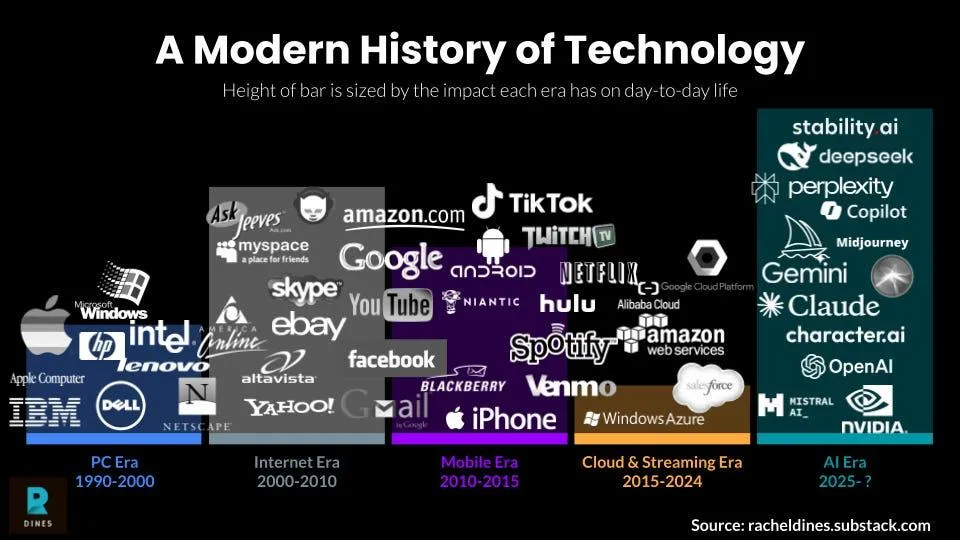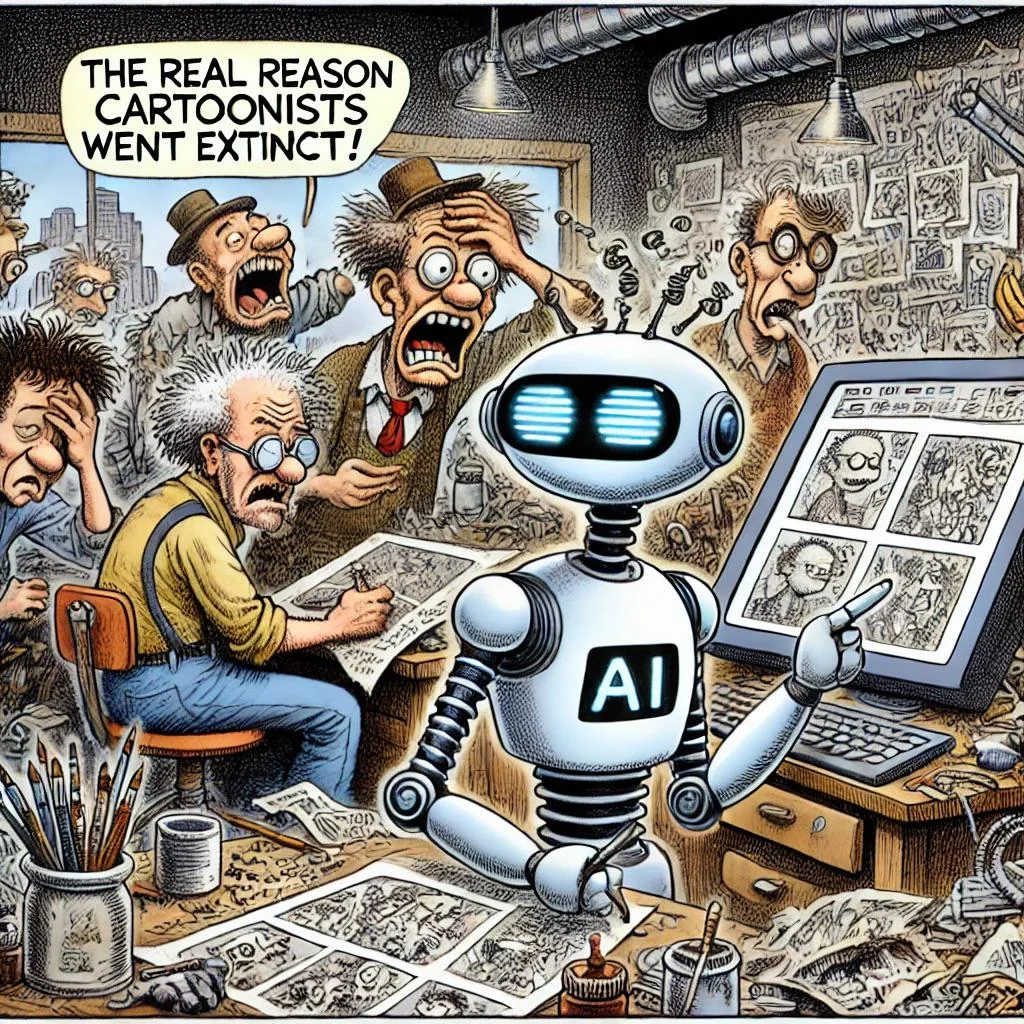
The Human Side of Business: What Decades in the Workforce Taught Me

I've been working since I was 14 years old. That's three decades (or maybe more) of watching the business world evolve, transform, and supposedly "improve" through wave after wave of technological advancement. From my early days as a cart pusher and supermarket stock clerk, to managing customer service desk at Toys"R"Us, through my years in banking, and eventually into consulting and high tech—I've seen it all.
And here's what I've learned: no matter how sophisticated our systems become, no matter how many AI tools we deploy, no matter how streamlined our processes get, there's one constant that never changes—the human side of business.
The More Things Change...
When I started my career, the biggest technology disruption was the transition from paper-based systems to JetForms. This was a major advancement in how we communicated between teams and improved how we worked, made us more efficient, more productive. It was the beginning of the internet, email and made communicating easier as we grew and expanded into new industries and states.
Fast forward to today, and I'm working with cutting-edge technology in consulting and high tech. We're talking about machine learning, automation, cloud computing, digital transformation—buzzwords that would have sounded like science fiction when I was pushing carts in a parking lot.
But you know what hasn't changed? People still need to feel valued. They still want to understand their purpose. They still crave connection, recognition, and the sense that their work matters. They still have families to support, dreams to pursue, and fears about their future.
The Price of Progress

Here's where it gets complicated, and frankly, where I get frustrated. Too often, I see the human cost of technological advancement being treated as an acceptable byproduct rather than a critical consideration. We talk about "optimization" and "efficiency gains" as if they exist in a vacuum, disconnected from the real people whose lives are disrupted.
I've sat in rooms where layoffs are discussed like line items on a spreadsheet. I've watched entire departments get "restructured" to accommodate new systems, with little thought given to the institutional knowledge walking out the door or the communities being torn apart. I've seen brilliant, experienced professionals suddenly labeled as "not tech-savvy enough" and pushed aside for younger workers who know the latest tools but lack the wisdom that comes from decades of experience.
The irony is that technology is created by humans, implemented by humans, and ultimately serves humans—yet somehow, humans keep paying the price for what other humans are doing with that technology.
The Consulting Paradox
Working in consulting has given me a unique vantage point on this phenomenon. We're often brought in to help organizations "transform," which usually means implementing new technology to solve old problems. But what I've learned is that the most successful transformations aren't about the technology at all—they're about the people.
The companies that thrive through change are the ones that invest in their people alongside their systems. They're the ones that ask, "How do we bring our team along on this journey?" instead of "How do we replace our team with this technology?"
I've seen million-dollar software implementations fail spectacularly because no one bothered to consider how the change would affect the daily lives of the people using it. Conversely, I've seen relatively simple technological upgrades create tremendous value because they were implemented with empathy, training, and genuine care for the human experience.
What We're Getting Wrong
The fundamental mistake I see over and over is treating people as variables in an equation rather than the actual equation itself. We optimize for everything except the human experience, then wonder why engagement is low, turnover is high, and our shiny new systems aren't delivering the promised results.
From my teenage years in retail to my current role in high tech, the best managers and leaders I've worked with understood a simple truth: technology amplifies human capability; it doesn't replace human value. The worst ones saw technology as a way to minimize their dependence on people, and they invariably struggled with both retention and results.
The Path Forward
After three-plus decades in the workforce, I'm more convinced than ever that the businesses that will succeed in the long term are those that put the human side first. This doesn't mean avoiding technology or resisting change—it means implementing change in a way that elevates rather than eliminates the human contribution.
This means investing in reskilling and upskilling programs when new technology is introduced. It means having honest conversations about how roles will evolve rather than simply disappearing them. It means measuring success not just in efficiency metrics but in employee satisfaction, retention, and growth. It is about rethinking the business process and how they use technology as enabler to improve connections with your very human customers.
Most importantly, it means remembering that behind every data point, every process improvement, and every cost reduction is a real person with real concerns, real potential, and real value to contribute.
The Bottom Line

Technology will continue to evolve at breakneck speed. What we do with that technology—how we implement it, who we include in the conversation, and how we measure its success—that's entirely up to us.
I've spent my career watching the pendulum swing between human-centered approaches and technology-first strategies. The companies that consistently win are the ones that refuse to see this as an either-or choice. They embrace both the power of technology and the irreplaceable value of human insight, creativity, and connection.
As we stand on the brink of even more dramatic technological change—with AI, automation, and digital transformation reshaping entire industries—my hope is that we'll finally learn the lesson that three decades in the workforce has taught me: the human side of business isn't a barrier to overcome or a cost to minimize. It's the foundation upon which all sustainable success is built.
The technology may be new, but the truth remains the same: businesses are ultimately about people serving people. Everything else is just tools.
